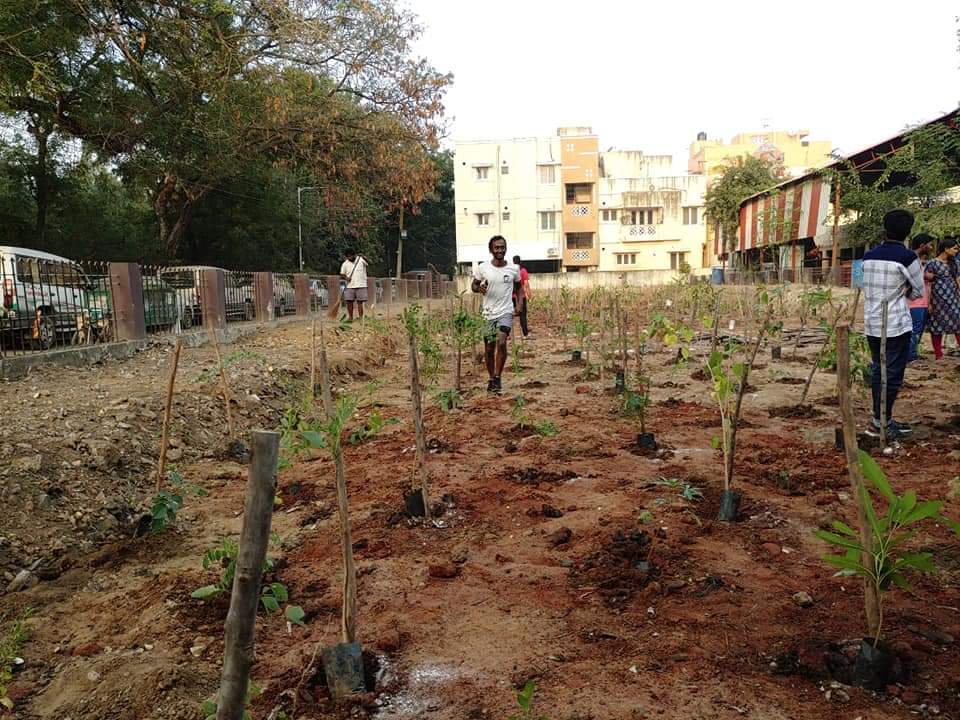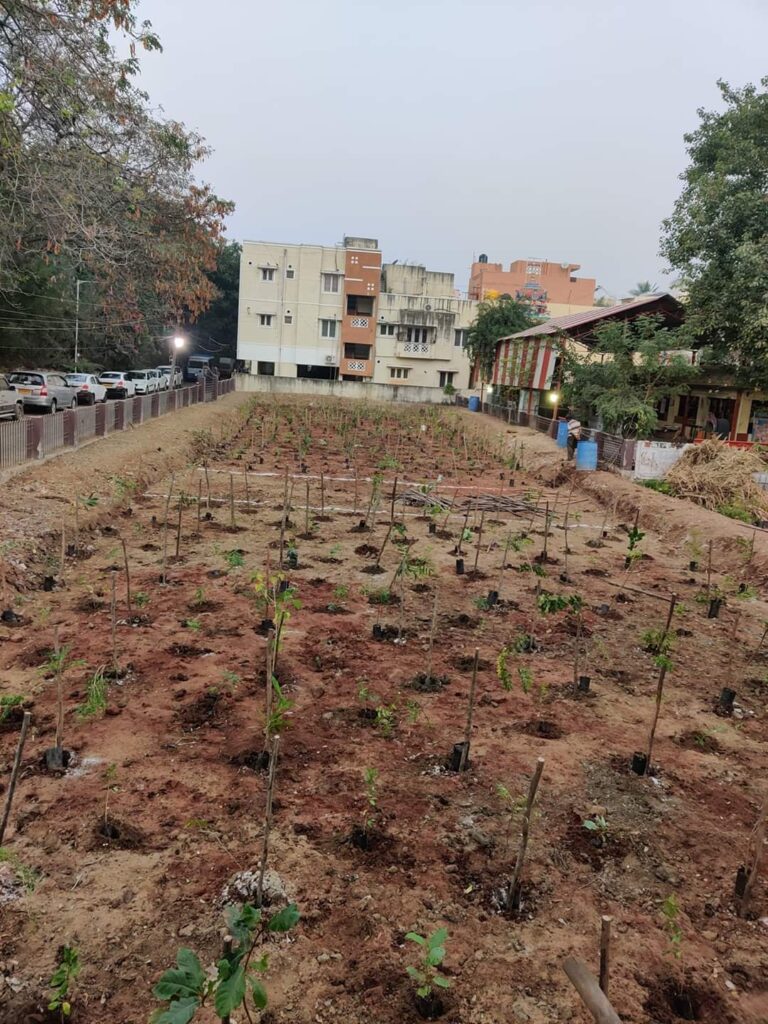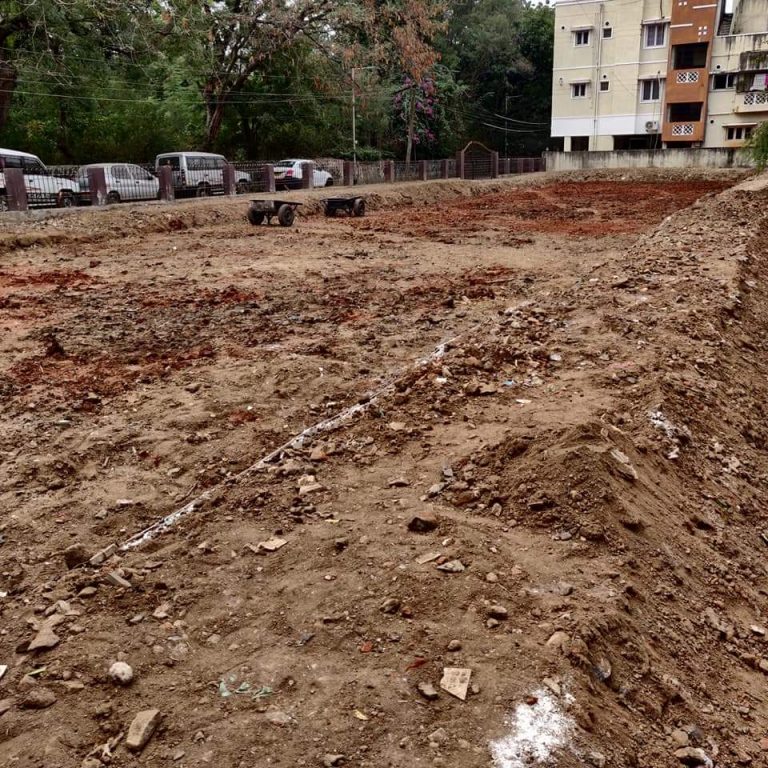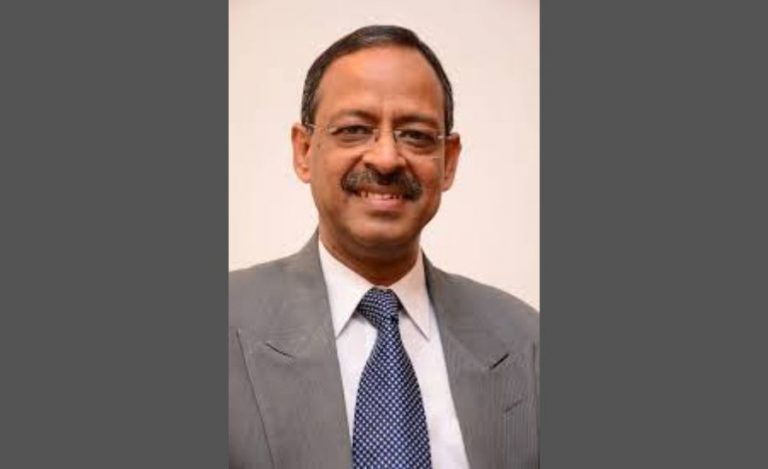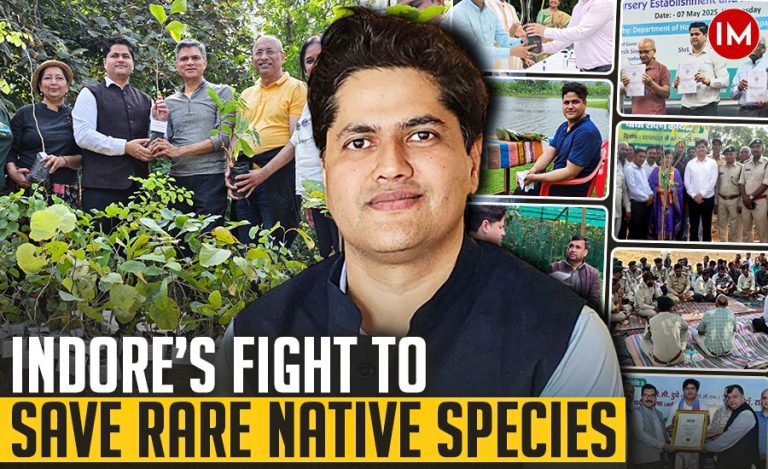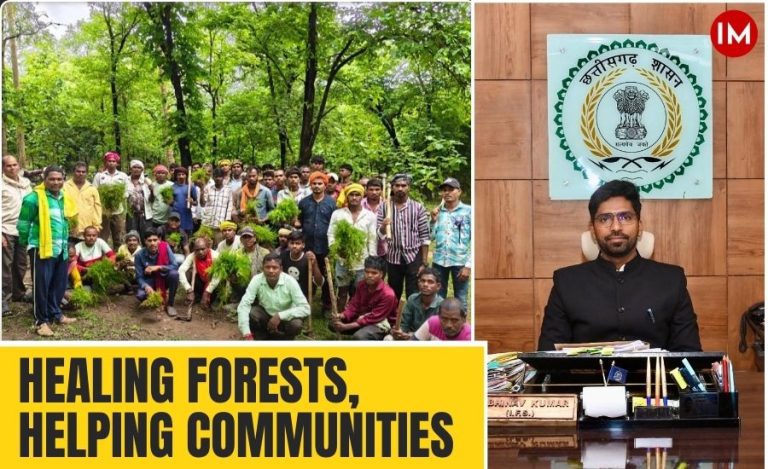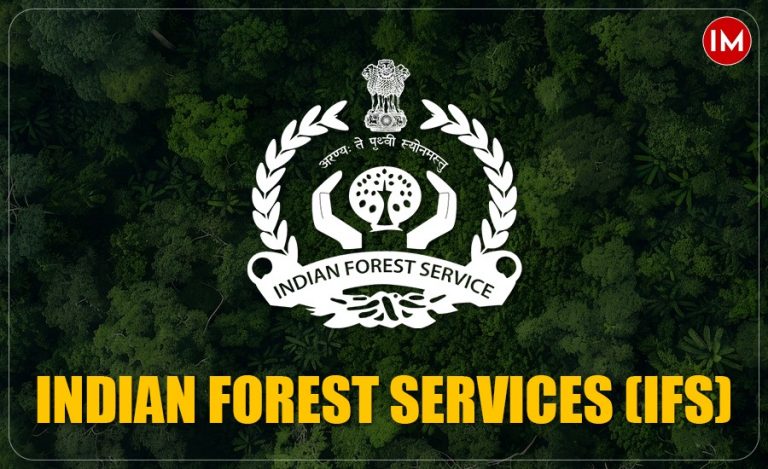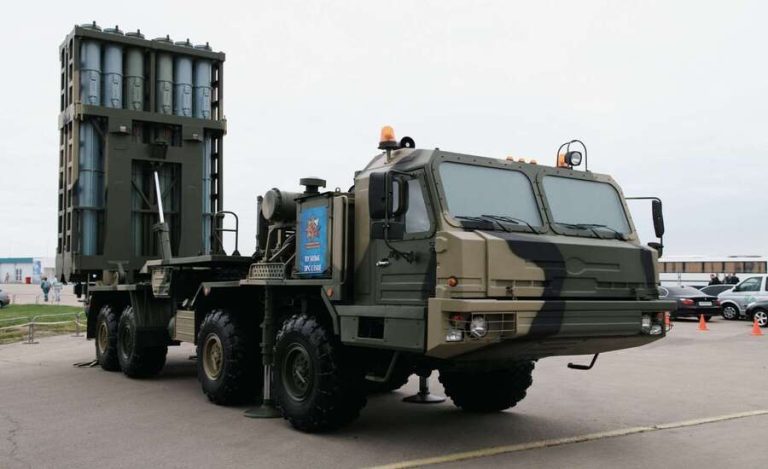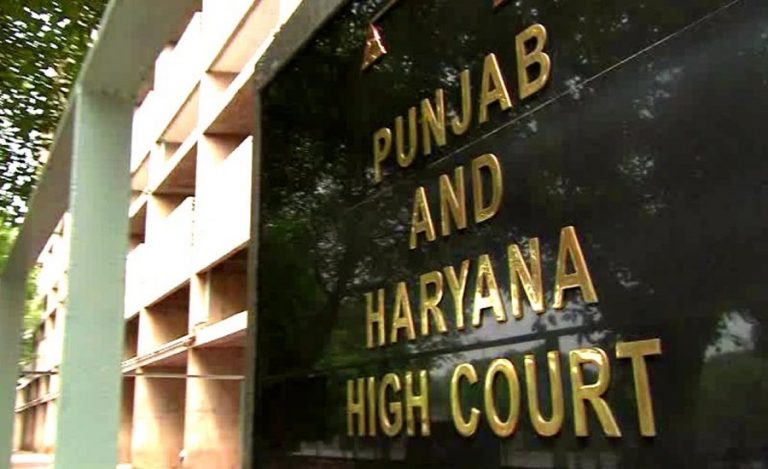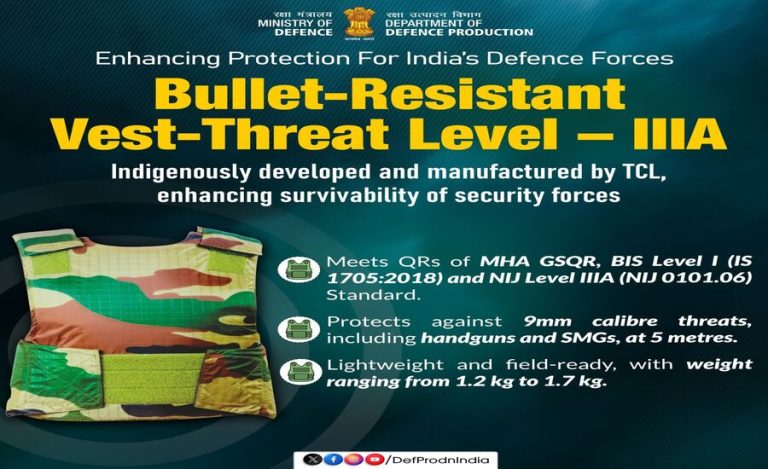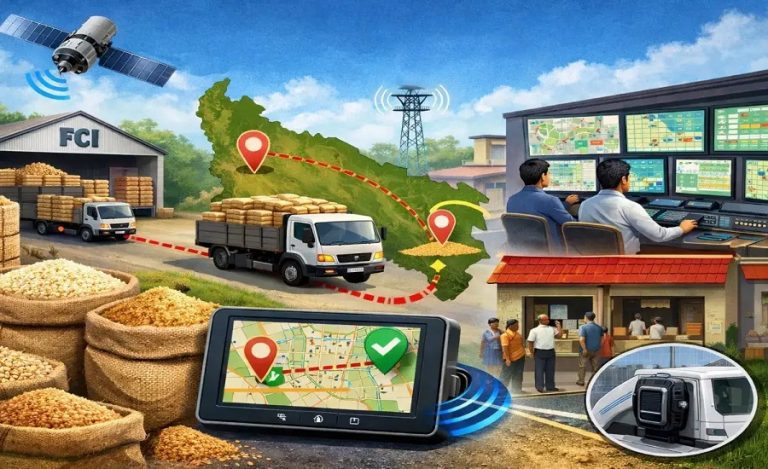It can’t get any better than this- a doctor who first turned an IAS officer and is now credited with having created three ‘mini’ forests in South Chennai. So how does one bracket Dr. Alby John: a medical practitioner, a bureaucrat, or an environmentalist? Or maybe all three?!
What is significant is that Dr. John has converted degraded land into forests. But his stellar accomplishment has other dimensions too. While making the mini forests grow, he took the help of well known Japanese botanist and an expert in plant ecology, Akira Miyawaki.
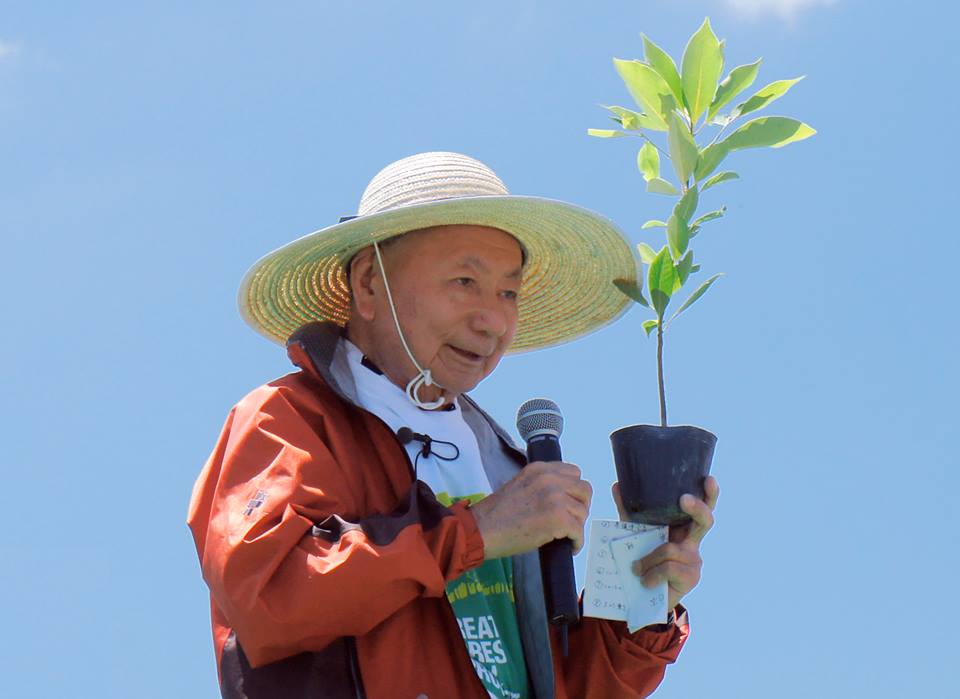
A Re-Look at Chennai’s Dumping Zones
At one point of time, these degraded patches of land in Chennai were looked down upon as garbage dumping zone. That was until the good doctor arrived on the scene and compared the land to an ailing patient.
Dr. John recalled how the transformation of degraded and abused land took place. Speaking with Indian Masterminds, he said “The degraded land became a problem for us as it was being treated as a garbage dumping point. To add to its woes, a lot of construction debris was also being thrown over there. Soon a lot of complaints started reaching us as the issue also came up in the newspapers, along with photographs of the degraded land. We also tried to clean up the land with JCBs, but that didn’t fix the issue. So sooner did we leave it that it would return to its earlier state, this is when we decided to go for a permanent solution.’’
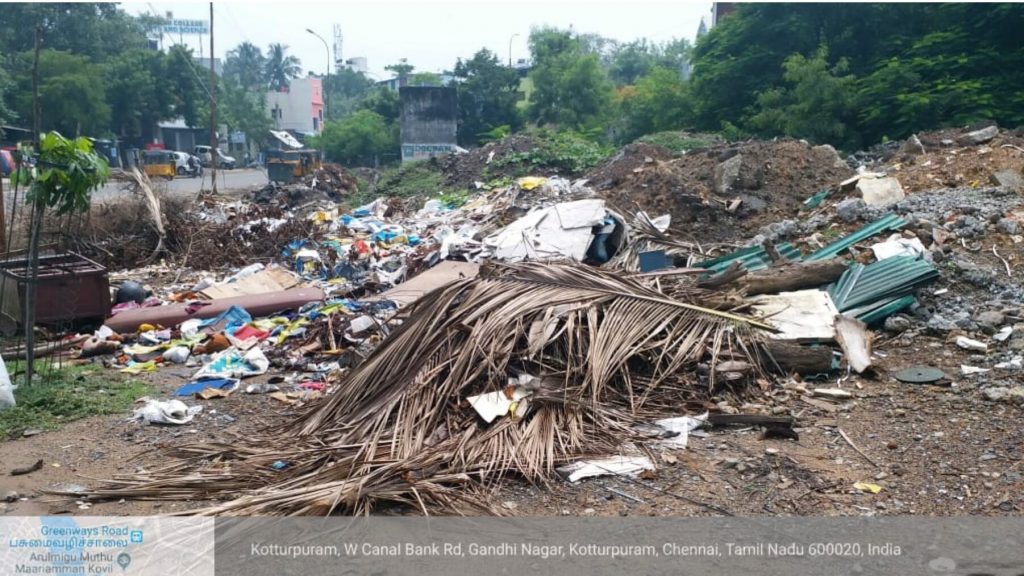
As the first step in this direction, Dr. John adapted the Miyawaki method of Japanese plant expert Akira Miyawaki. Already a legend in Japan, the 92-year old Miyawaki- working through his unique method known as the Miyawaki technique- has restored degraded forests and soil at several places all over the world.
FROM BUILDING ONE URBAN FOREST TO ANOTHER
Dr. Alby John, the Regional Deputy Commissioner (RDC) of South Chennai disclosed that in January 2020, Chennai got its first Miyawaki forest in the Kotturpuram area, situated in the southern banks of the Adyar river. As much as 2,020 trees, shrubs and creepers were planted in an area of 23,000 square feet. Also, all the plants belonged to their native species. The debris on the land was removed to a depth of 3-4 feet and was refilled with good earth and compost from solid waste before plantation.
In just a months’ time, Dr. Alby initiated another ‘urban forest’ in an apartment complex in Rayala Nagar, Valasaravkkam Zone, Chennai. However, due to the Covid19 pandemic, the third urban forest for which the land was prepared in the month of March was delayed; but it came into existence by August 2020. This third urban forest was built in Blooming Garden, Mugalivakkam where 2,000 saplings were planted.
Dr. Alby said, “Apart from these three Miyawaki forests, work is under progress on two more pieces of land, where we are planning to do the plantation by the end of this month. Apart from this, we have also identified five more places where we will build similar urban forests by the end of this year.”
PEOPLE WHO LENT A HELPING HAND
Creating a forest in a city is not a one man’s job, and Dr. John readily gives credit to “his team’’ to have achieved this feat. As he said, “With the help of a good team, which consisted of a consultant specialized in urban forestry and the engineers in the Greater Chennai Corporation (GCC), we managed to build two mini-urban-forest in a matter of two months. While building the second forest an NGO called Trees Trust helped us in providing the saplings and preparing the soil. Coming to the third project, another NGO named Thuvakkam helped us in providing saplings, soil preparation, plantation, and various other things. For the upcoming fourth and fifth forests, we will have more private organisations participation.’’

Talking about the advantages of Miyawaki forests, Dr. Alby said “Firstly, the land which was looked upon as a garbage dumping yard which has been restored as a nice green patch of a mini-forest surrounded by the urban buildings. Secondly, it is also bringing down the heat-island effect in urban areas where there is no greenery.”
Dr. Alby John has also been involved in sustainable activities like solid waste management and rainwater harvesting. His `mantra’ is ‘Reduce, Reuse and Recycle’, and he has been at the forefront of educating people to reduce their carbon footprint and leave a better environment for their offsprings. Miyawaki forests are only cost and resource-intensive during the initial two years. After that they become a self-sustainable ecosystem, providing shelter to birds, insects, and small animals.










